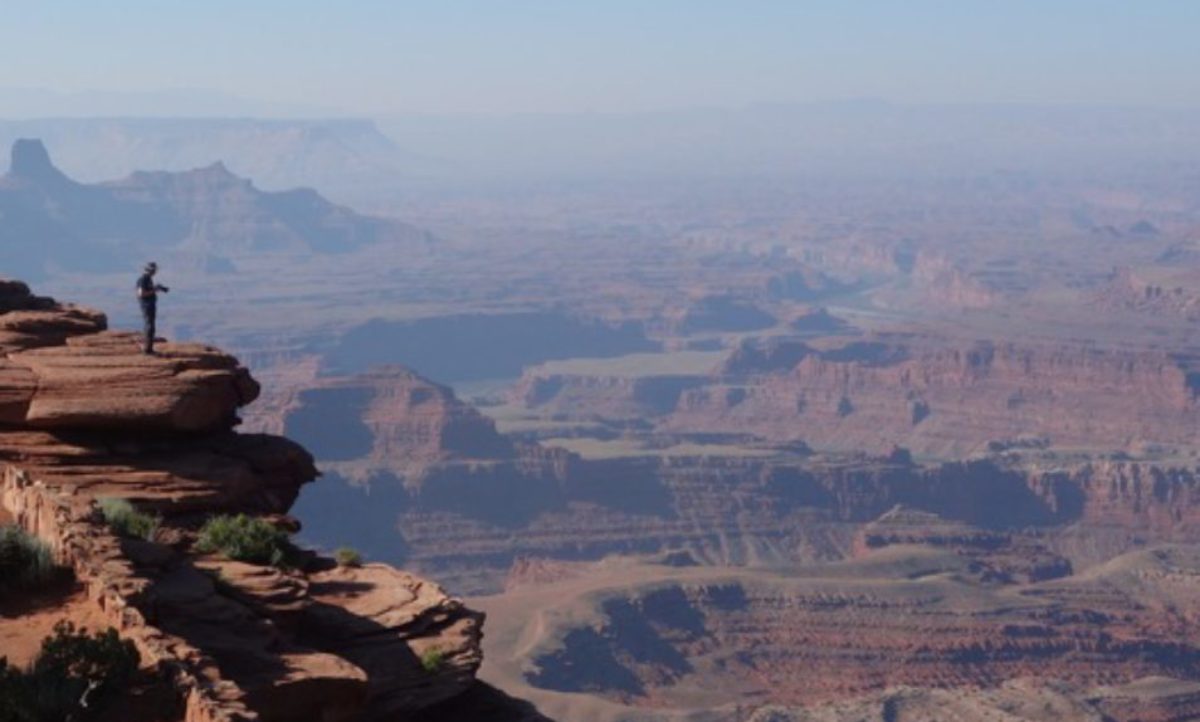
It’s tough to say goodbye. We thoroughly enjoyed our stay at the beautiful Parador de Carmona..


Right now I’m playing catch up, as the internet is much better here in Ronda. Choosing and uploading photos took quite some time, and I’m doing the blog as I can with life going on around me, so I apologize for the length.
We’ll begin with the photos from Mérida:

Walking the Roman road over the bridge

The Temple of Diana: notice Muslim building behind it.

Diana, not really in a good mood

Thespian sister mimics statue: “Not tonight, dear, I have a headache!”

Lunching with locals


Boy, that beer tasted good!” With ninety plus degree temps, it’s important to find the shade – or the indoor space with A/C.
Friday was a long day, but very worthwhile, as we spent time in beautiful Seville, the capital of Andalusia. It’s the fourth largest city in Spain, after Madrid, Barcelona and Valencia. It’s about a 45 minute drive from our hotel.
Our local guide was Pablo, who was very entertaining and knowledgeable. He got his PhD in Texas so his English is excellent. We did a drive around the city, then focused on the Old Town, where we had a tour of the Jewish Quarter with its tiny, tight winding streets, the Cathedral of Seville with the tomb of Christopher Columbus and the Royal Palace and Gardens, AKA the Alcazar Palace complex.
Our first stop, however, was the magnificent Plaza de España in the Maria Luisa park, which was built for the 1929 exposition. The main building material was porcelain tile.



We then visited the Jewish quarter with its maze of small winding steeets and shops.

The massive cathedral at Seville is the third largest in the world, after St. Peter’s in Vatican City and St Paul’s in London. Some places just can’t be adequately captured with photos because of their size, so I focused on one item of interest: the tomb of Christopher Columbus.
Yes, he is buried there. He had several “final resting homes” after his death, including Santa Domingo and Cuba.
He had an elevated burial crypt with allegorical figures representing four kingdoms of Spain during his life: Castillo, Aragon, Novara and Leon. The tomb was installed in 1899. The tomb was orinally installed in Havana before being moved to Seville after Spain lost Control of Cuba.
No one actually knew if Christopher Columbus was a religious man or even if he’d been baptized a Catholic, but here he is. DNA testing was done to make sure the bones are really his.
Our next stop was the Royal Palace and Gardens, also called the Alcazar, located just across from the cathedral. It was a fairly busy day but Pablo was able to get us fast tracked, and through the line quickly even though his tour with us was officially over. We showed ID for a substantial senior discount. The buildings are very Moorish and greatly resemble the buildings of the Alhambra in Granada.
We decided it was time for a snack and a cold beer so we headed for the cafeteria, then visited the magnificent gardens.


We went back to our ” home,” the Parador de Carmona, where we had a bit of time to rest, read, play cards, or swim in the pool before heading off to dinner in an old olive mill. The restaurant was conveniently located down the street from our parador.


I decided I needed more food porn the next morning so I did some breakfast photos before we left for our scenic drive to Ronda.




It’s time to hit the road again..to Ronda!


The permanent condition of the ancient Roman road is remarkable. Today our roads erode every year. I am fascinated by Christopher Columbus’ grave site and the DNA proof of his remains. I love the entire tour! Jan
As usual, fascinating & informative. Brought back So many memories of my time in Seville a few Yrs. ago. Would love to return . Keep the memories coming. ,! Jane W.
Happy to know you’re reading and enjoying. Thanks for letting me know.